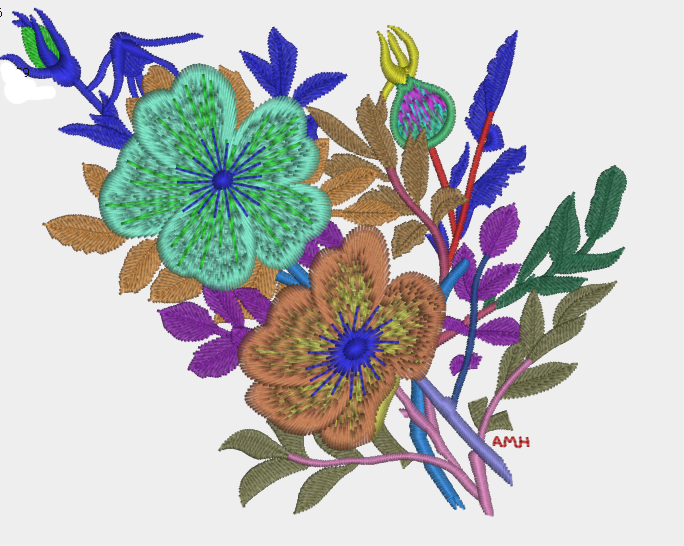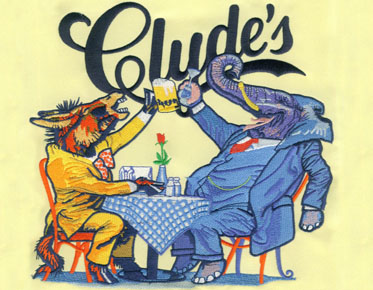How Do We Digitize Your File for Embroidery?
Digitizing your embroidery file takes time, training, and expertise, which is why we charge a fee for this service. We believe that digitizing an embroidery file should be a part of the overall process of creating an embroidered product. This ensures that the design file is optimized for embroidery and any other processes required for production.
When you bring in your file to Eagle Digitizing, we use Tajima’s, a thousand-dollar software, for our digitization process. The specialized tools and trained professionals in our shop make sure that your files are clean before we begin. Through the process of pairing up colors and cleaning up stitching, we make your design into an embroidered product you can be proud of.
Vectorization design
Determine the ideal thread direction for the design
Choose the right stitching pattern for your design
Blend thread colors to achieve desired colors for design
Match the program fonts to your design, or create them manually when not available
Check to make sure the embroidery details are not too small
Run the mock embroidery process to confirm
And more
After we digitize the document, we will generate a copy of the evidence and send it to you for approval. Once you have approved the digitized file, you will not be able to make any changes. To make changes after approval, you need to cancel the existing order and place a new order using the new design.
If you embroider the same pattern on different item colors, you will be charged a digitization fee for the color ordered. This is currently part of our workflow system as all embroidery orders have to go through a process of manual review and digital re-creation as embroidery files.
Because of the machines, the thread colors we use and the assembly line process, we are unable to accept digitized embroidery documents from other places. This includes any file format (DST, PXF, PCF).
If you order a new order with the same design from the digitized library without any changes, you do not have to pay the digitized fee again. We will simply reuse designs that have been digitized.
If you re-order after making a change to the design, you will be charged for digitization again as we need to re-digitize. Due to the nature of embroidery, even small adjustments in the file can completely change it.
Your digitization fee includes all the services required to convert your initial design into a digitized document for our embroidery machine.
Digitizing Glossary:
Backing: Woven or non-woven material used underneath the item or fabric being embroidered to provide support and stability for the needle penetration. Best used when hooped with the garment, but also can be placed between the item to be embroidered and the needle plate on flat bed machines. Available in many styles and weights with two basic types (Cutaway and Tearaway).
Fill Stitch: A fill stitch is used to cover a large area in a embroidery design. Fill stitches can be aligned to create patterns or they can change direction to provide different effects from within the design.
Guide Stitch: Running stitches used to assist in placement of an applique or in the placement of a die for cutting of emblems, also called a cut line.
Lock stitch: Commonly referred to as a lock-down or tack-down stitch, a lock stitch is formed by three or four consecutive stitches of at least a 10-point movement. It should be used at the end of all columns, fills and at the end of any element in your embroidery design where jump stitches will follow, such as color changes or the end of a design. Lock stitches may be stitched in a triangle, star or in a straight line. Lock stitch is also the name of the type of stitch formed by the hook and needle of home sewing machines, as well as computerized embroidery machines.
The 360 embroidery: The 360 embroidery is a term. There is a way to sew the front, the right side and the left side of a cap all at once.


